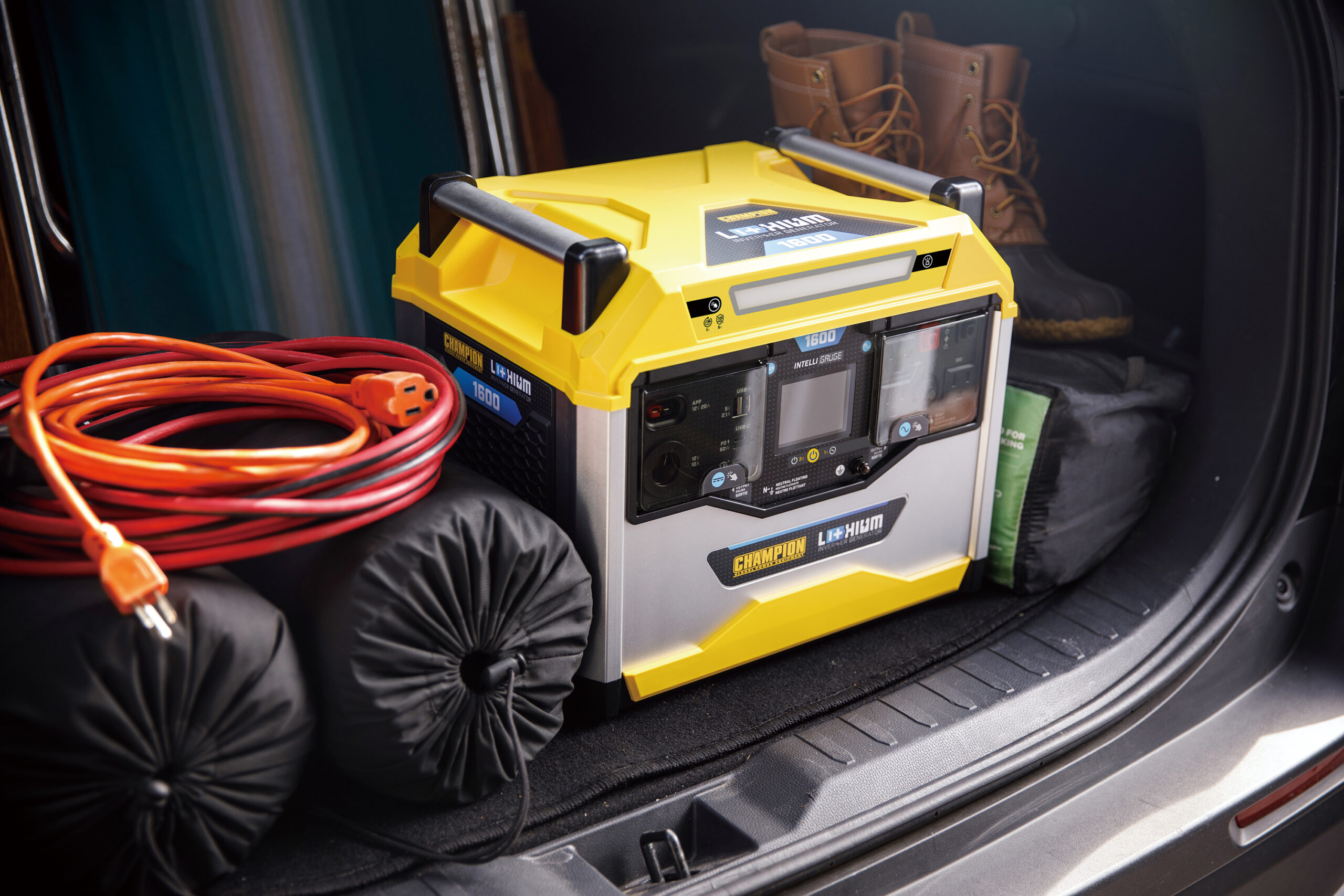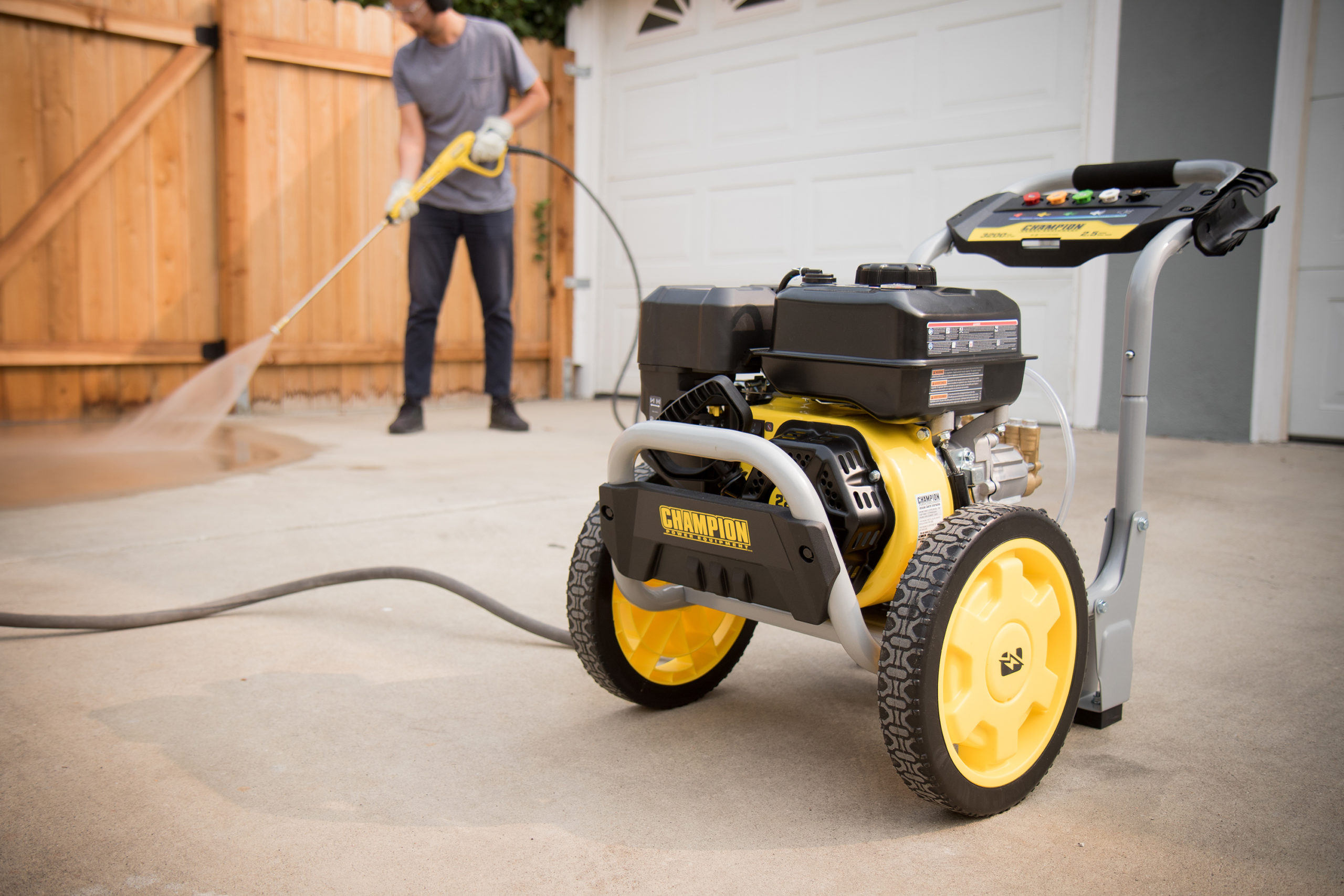Camping Essentials in 2023: Portable Power Stations
The need to keep our electronic gadgets constantly charged grows as they become increasingly ingrained into our daily lives. But we can’t take the electricity grid with us. Portable power stations are the ideal way to keep us… well, powered up! These days power stations add enough convenience to justify adding one of these to your everyday life as well.

The type and size of portable power station you’ll want depends on your specific needs and use cases. If you frequently go camping, engage in outdoor activities, experience power outages, or need a reliable power backup for your devices, a portable power station can be a valuable investment. They also offer the convenience of portable power without the noise and emissions of traditional generators, meaning you can safely use them inside.
Benefits of Portable Power Stations:
- Portability: As the name suggests, these power stations are designed to be easily moved around, making them ideal for camping, outdoor activities, or emergency situations.
- Renewable Energy: Many portable power stations can be converted to solar generators through the addition of solar panels, allowing for eco-friendly power generation.
- Quiet and Emission-Free: Unlike traditional generators, portable power stations are quiet and produce no harmful emissions, making them more environmentally friendly and you can safely use them indoors!
- Multiple Charging Options: They come equipped with various charging options (household wall outlets (AC), automotive-style ports or solar panels (DC)).
- Backup Power: Portable power stations serve as reliable backup power sources during power outages at home or when camping in remote areas without access to electricity.
- Built-in Inverter: power stations have built-in inverters, converting DC power to AC power, enabling you to run AC-powered devices and appliances with pure sine wave electricity.
Champion Power Stations
The Champion Power Equipment Portable Power Station line features compact, feature-rich portable backup battery solutions ideal for RVing and camping, tailgating, work sites, or as a backup generator in case of an emergency.
There are 2 distinct ports on a power station:
- INPUT: these ports allow the power station itself to charge
- OUTPUT: these allow the power station to send power to other items – like recharging your personal devices, or powering a TV
Champion Power Station Features:
- Long-Lasting: Since there is no engine, no moving parts and no pollutants, the advanced li-ion technology provides long-lasting, fade-free power that you can use inside.
- High-Speed Charging: Use AC or solar power alone to quickly charge your battery to 80% in just a few hours or combine solar and AC power to charge even quicker.
- Expandable: When powering your house, office, or other space, you may increase your run time by connecting up to 10 extension batteries (sold separately).
- Parallel Ready: To increase your output power, connect your power station to a ParaLINK-capable gas-powered inverter or another Champion power station.
- Champion Support: There is a 3-year or 1000-cycle limited warranty included, as well as FREE lifelong technical assistance from committed specialists.
All in all, owning a Champion power station for any outdoor adventures is a wise investment. It not only keeps your appliances and electronics functioning during power outages, but it also gives you peace of mind in the case of an emergency.

